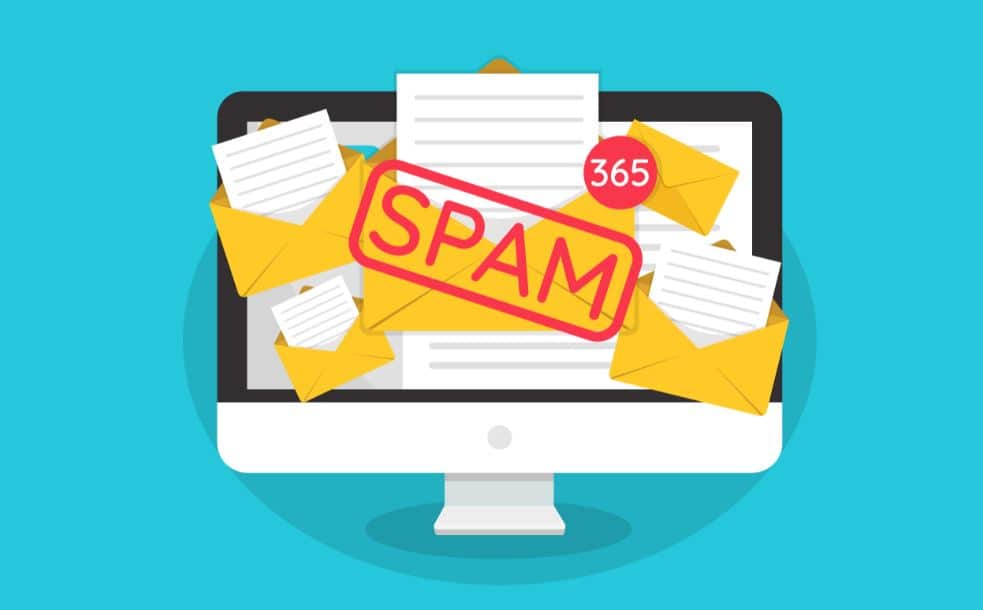
If you are using email on a daily basis, then there are high chances you are being bombarded by various spam messages that offer dodgy loans, fake pharmaceutical products, adult services, and other junk. According to a recent survey, around ninety percent of all the emails that are being sent are spam in nature and deleting every single message can be a big-time waste. These days spammers are getting more and more sophisticated and are producing very plausible-looking messages which can fool even the wary. But, you can always stop getting all these junk messages by just taking some simple precautions or by training your service provider’s spam filter. Here in this article, we are broadly going to discuss this topic.
But before we start with the tips and tricks to protect your mailbox, remember that spammers hold a vast directory of email addresses due to the following reasons:
- Submitting email addresses to different newsletters.
- Signing up for various internet services asking for email addresses.
- Submitting emails to unknown online retailers.
Best Ways To Stop Spam Emails

The best anti-spam measure is becoming a bit savvier while using your email account. Here are some of the steps that you can always follow.
- Try not to open emails that look like spam and don’t ever click on any redirecting links given on spam messages.
- Never buy anything from a spammer. In case you end up providing your details in return to a spam message, there is a high risk of your security being compromised and your system being infected by malware and viruses.
- Never become tempted to give a reply to junk emails.
- Never send any threatening messages as a reply. Remember some emails will be seen by spammers who can use your sensitive information against you. Sending threatening messages might even expose you to legal actions.
- Avoid unsubscribing from spam using the options provided in the message. Remember that spammers often include an unsubscribe link to their messages. But clicking them, you will confirm that your email address is active and thereby it can attract even more junk messages in the future. Instead, you can use third-party software to unsubscribe from emails you don’t want to receive.
- Try to make use of disposable email addresses. You can always use a secondary account for creating profiles on social media platforms or for buying online. In case you find that you are getting a lot of junk messages in your secondary email address, you can always delete it and set a new one.
- Try not to reveal your email address on a website. In case you have your own website, putting your email address on it can sometimes become easy fodder for all the spambots that are in the hunt of mail addresses. You can try using a separate contact form instead.
- Finally, the best way out to stop spam emails is by training your mail provider’s spam filter. For example, you can mark all suspicious messages as spam and send them to the relevant folder. Next time, your service provider will do it automatically. Also, you can set the rules to look for certain keywords to identify suspicious messages more effectively.
If your mailbox is already overloaded with spam emails and if you are finding it difficult to stop them from hitting your mailbox, you can use spam cleaning software to get additional protection. It is also a good idea to use an email cleaning tool to delete all unwanted messages from cluttering your inbox. Apart from that, it can also be helpful in the overall management of your mailbox by the use of other actions such as remove, label, group, organize, etc.
Related Info: How to Delete a Gmail Account | How to Remove a Google Account
These are just some of the tips to make your email management more productive and protect your mailbox from spammers. The less often you are using your mailbox account and the fewer emails you are writing on a daily basis, the less spam and advertising materials you are getting. Even if the email is your primary communication channel, you can try the other communication tools, such as online collaboration tools, voice messenger apps, audio chat software, etc.



